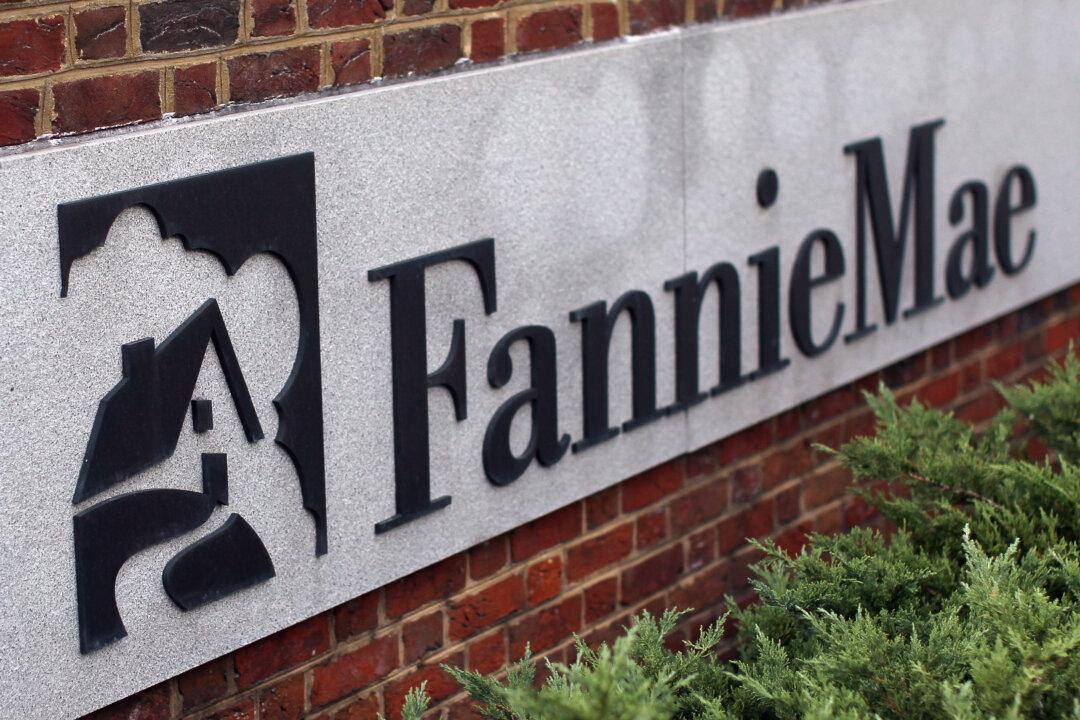Commentary
The cost of refinancing a mortgage is about to go up. Those considering refinancing their home mortgages might want to rush to complete the process before Sept. 1.

The cost of refinancing a mortgage is about to go up. Those considering refinancing their home mortgages might want to rush to complete the process before Sept. 1.